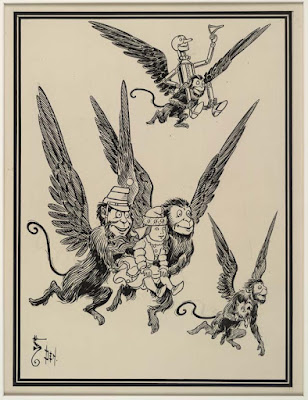 Back of my green duco-finish uke from the late 1920s. Click to enlarge.
Back of my green duco-finish uke from the late 1920s. Click to enlarge. There's a beautiful green duco-finish vintage ukulele in my collection that I am getting ready to enhance. I won't touch the back and sides, but I have something in mind for the headstock and part of the front. Here's my pencil sketch for the headstock design. I call it my "Nip-Cat" uke. I scanned the back of the actual uke on my scanner bed. You can see the gray and green crystallized finish. This baby was found in it's original Montgomery Ward mail order box and had never been played.
More of my hand-painted fine art ukes can be found here , here and here. Some are vintage and some are built from scratch. My Dreamgirl's gallery show in L.A. last year featured 13 of them including another duco (a black one) called The Demon.
The Art of Amy Crehore
My Mobile site






